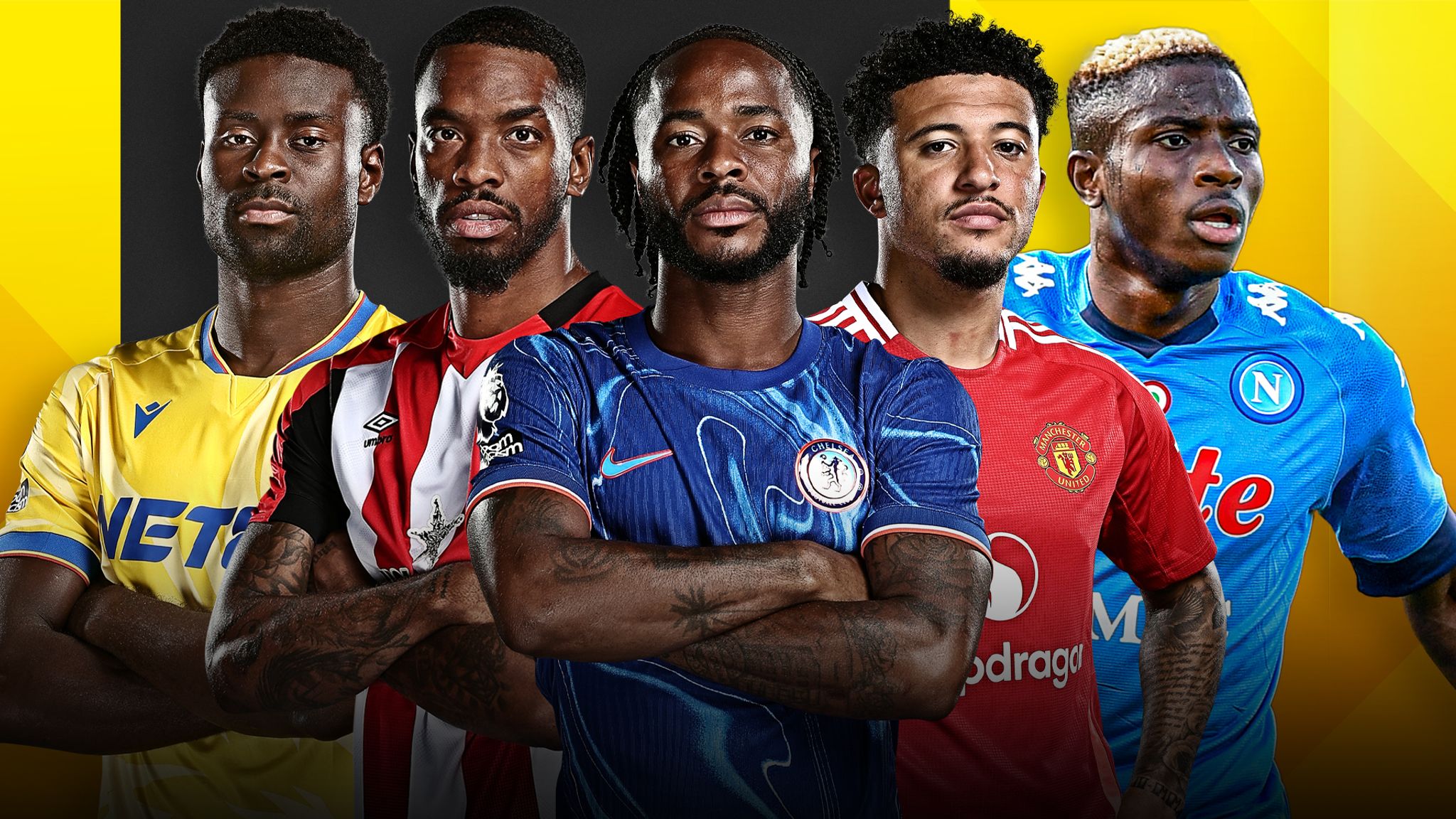Transfer Turmoil and New Titans: The Shifting Landscape of Global Football in 2025

The 2025 summer transfer window in European football has been nothing short of seismic—marked by record-breaking moves, fractured loyalties, and the rise of once-unimaginable contenders. With each headline comes a broader shift: football’s global power dynamics are in flux. From explosive women’s record signings to controversial male transfers, the modern game is reshaping itself in real time, and this summer has offered a crystal-clear snapshot of where power, money, and ambition are heading.
This blog explores the biggest transfers, underlying forces, and what they reveal about the future of football—across gender, geography, and market strategy.
1. Breaking the Ceiling: Women’s Football Enters the Million-Pound Era
Historic transfers are now headline news in the women’s game, signaling a breakthrough moment. One landmark event was Arsenal's acquisition of a star Canadian forward—breaking the women’s transfer record by paying over £1 million. Just a year prior, the high-water mark stood below £900,000. This isn't just bravado; it’s a game-changer.
Arsenal’s aggressive signings, which include young national stars, are not merely about depth. It’s about solidifying their position in Europe, turning the Women’s Super League (WSL) into a must-watch product, and recognizing that commercial returns—ticket sales, merchandise, sponsorship—are following investment.
This isn’t just an Arsenal story. Across the globe, club owners and federations are realizing that women’s football isn’t just fairer—it’s profitable. More than half a billion fans now engage with women’s matches monthly. Leagues in the U.S., England, Spain, and Australia are attracting sponsors once skeptical of ROI. And with Brazil’s dramatic Women’s Copa America final generating viral buzz, the appeal is undeniable: women’s football is not a sideshow—it’s the main event.
2. Men’s Transfers: Frenetic Moves Across the Elite
While the women are setting new precedents, the transfers in the men's game remain jaw-dropping in scale and ambition:
-
Arsenal’s Defensive Revolution: A €60 million release clause activated amid interest from rivals, with Bayer Leverkusen’s central defender weary of negotiations and choosing Arsenal—despite Tottenham's interest—creates whispers of a changing north London power balance.
-
Donnarumma's Price Slashed: The Italian goalkeeper’s move from PSG to Manchester City appeared imminent as PSG dramatically reduced their price from £46 million to around £26 million following agreement on personal terms. A potential mega-deal reflecting that even top-tier goalkeepers are now market-open commodities.
-
Alexander Isak’s Strained Standoff: The Newcastle striker publicly expressed broken trust with the club and appears keen on a move—especially with Liverpool circling for a British-record offer. Isak’s refusal to play has sparked a tense, very modern transfer standoff.
-
Grace Clinton Dilemma: In the women’s game again, top England talent Grace Clinton is courted by City despite a lack of formal talks, sparking debate about investment, loyalty, and how clubs build rosters in the post-Euro era.
Each of these signals a football economy more fluid, more public, and more volatile than ever—a game reshaped by studio-like reporting, social media transparency, and player power.
3. Geographic Shifts: Football’s Global Gravity Is Changing
Historically, football’s wealth and prestige have centered in Western Europe. But the 2025 transfer saga is revealing how the gravitational pull is spreading:
-
Emerging Markets: Nations like Saudi Arabia continue their ambitious clapback, becoming legitimate destinations for elite players, influencing transfer values and competitive reach.
-
Broadcast Shaping Transfers: Deals are increasingly influenced by global broadcast reach. Clubs aren’t just signing stars for domestic impact—they’re building global visibility to attract digital, streaming, and merchandise revenue.
-
Youth Pipelines: African and South American talent is more valuable and visible than ever. Red Bulls in Europe, AFF clubs, and scouts are building networks where players seen as raw prospects now command multi-million valuations—early.
This fragmentation of power is forcing traditional clubs to rethink their strategies—not only in scouting but in global branding, academy investment, and cross-continental partner clubs.
4. Strategy Overstar: What Clubs Are Betting On
Behind every deal is strategic calculation:
-
Short-Term Glory vs. Long-Term Framework: Are clubs making record deals to win now or to attract a brand? Arsenal’s summer spend signals both—they want to win and create value.
-
Squad Architecture: Depth is currency now. Champions League qualification hinges on rotation. City’s goalkeeping switch, Arsenal’s defensive recruitment, and Sheffield’s youth-first approach all reflect different squad-building philosophies.
-
Timing as Leverage: Leaks, public statements, and transfer timing—these are increasingly tactical. Isak's public breakdown suggests player-owned leverage, while Arsenal pushing hard before window close implies urgency—each actor playing for advantage.
-
Commercial Calculation: Player popularity, social media reach, and regional market value drive decisions. A star from Brazil sells jerseys in LA; a female national hero builds digital advertiser trust across EMEA. Football is aligning deeply with commerce.
5. Implications: Where Football Is Heading
This transfer summer isn’t just hot—it’s necessary for understanding what football will be:
-
Financial Escalation: Expect prices to keep rising. Records will tumble. Sustainability will become central to keep clubs from bankrupting themselves chasing stars.
-
Player Agency: Contractual clauses, public statements, and personal branding mean players are no longer pawns—they're partners in transfer strategy.
-
Globalized Talent Pools: Scouts, agents, and digital platforms now share global visibility. Talent anywhere can go anywhere—and soon.
-
Equity Game-Changer: Women’s football will continue narrowing the economy gap. More seven-figure deals, sponsorships, and viewership will make women’s leagues cornerstones of the modern industry.
Conclusion
The 2025 football transfer window is a snapshot of a sport in transition—not just for the elite but across women’s leagues and emerging markets. Deals are transactions, yes. But they’re also indicators—of power shifts, value equations, global strategy, and identity reinvention.
Football today is less of a predictable economic graph and more like a dynamic, multi-dimensional chessboard.